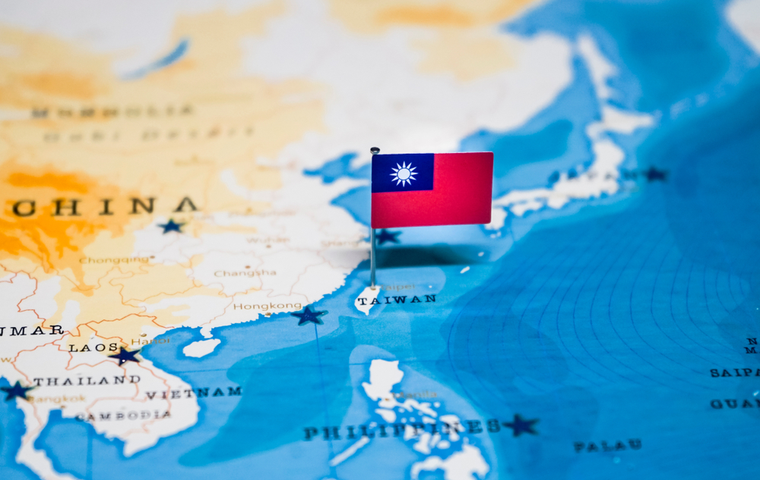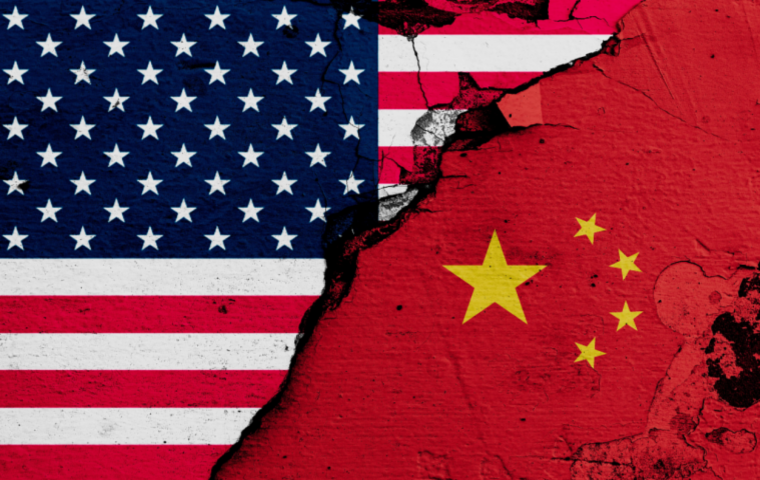500,000 Cancellations Due to China Boycott: Why Japan’s Tourism Avoids a “Fatal Blow” Despite a 2 Trillion Yen Loss
Related Articles
Diplomatic Clash and the Shock of “500,000 Seats Vanishing”: What Happened?

In mid-November 2025, a diplomatic “collision” between Japan and China quickly spread to the economic front lines. The trigger was Japanese Prime Minister Sanae Takaichi’s remarks at a parliamentary committee, where she suggested the possibility of designating a Taiwan contingency as a “survival-threatening situation” under Japan’s security legislation. The Chinese government harshly condemned this as a “blatant provocation” and immediately imposed countermeasures—not military intimidation, but a “travel restraint advisory” aimed squarely at Japan’s tourism industry, a vital artery of its economy.
The impact was both dramatic and immediate. According to analysis by aviation expert Li Hanming, an estimated 500,000 airfare bookings to Japan were canceled within just three days—between November 15 and 17—right after the advisory was issued. This meant nearly 30% of reservations for that period evaporated at once, with 27 cancellations occurring for every new booking, a market collapse–level anomaly. Major airlines such as Air China accelerated the panic by waiving cancellation fees in line with government directives.
For Japanese airlines, hotels, and retailers, losing 500,000 potential visitors in mere days is a nightmare scenario. Yet a calm analysis of this shocking figure reveals that this is more than a “tragedy”—it marks a structural turning point in Japan’s tourism industry.
A 2 Trillion Yen Economic Loss and Market Turbulence: The Numbers Reveal the Risk
From a macroeconomic perspective, the damage caused by this situation cannot be underestimated. From January to September 2025, Chinese travelers accounted for approximately one-quarter of all inbound visitors to Japan—the largest single source—and their spending power has long served as a driving engine of Japan’s inbound economy.
The estimate by Nomura Research Institute executive economist Takahide Kiuchi is striking. If the current restraint continues and visitor numbers decline at levels similar to the 2012 Senkaku Islands dispute (around -25%) for an entire year, Japan’s nominal GDP could be pushed down by 0.36%. In monetary terms, roughly 2.2 trillion yen (about USD 14.2 billion) would vanish from Japan’s GDP. Considering Japan’s potential growth rate of around 0.6%, this blow would wipe out more than half of that.
Financial markets quickly sensed the risk. When Tokyo markets opened the following week, “inbound-related stocks” saw heavy selling. Ryohin Keikaku (Muji), whose tax-free sales depend heavily on Chinese tourists, tumbled 9.4%, while Fast Retailing (Uniqlo) plunged 5.3%. Investors pulled money out of department stores, Oriental Land (Tokyo Disney Resort operator), and even restaurant chains with major operations in China, fearing the growing “China risk.”
Judging by the numbers alone, this is clearly a “crisis.” However, from the perspective of local economies and real economic benefit, the picture looks different. Here lies a paradox in tourism economics: fewer visitors do not necessarily mean lower-quality tourism or lower local benefit.
The Illusion of “Zero-Dollar Tourism”: Who Were the 500,000 Who Disappeared?
The headline “500,000 cancellations” is sensational—but what matters is which types of tourists disappeared. Travel patterns from China are diverse, but a significant portion still consists of low-cost group tours known as “zero-dollar tourism.”
“Zero-dollar tourism” sets extremely cheap tour prices to attract customers, who are then circulated only within a China-controlled “closed-loop economy” consisting of Chinese-owned hotels, buses, and duty-free shops. Guides steer tourists into specific stores selling high-priced goods and earn kickbacks from the sales. Although consumption appears to take place in Japan, most of the profits do not remain in Japan—they leak back to mainland China, generating little tax revenue or local employment benefits.
Another long-standing issue was the abuse of Japan’s duty-free system, where individuals posing as tourists purchased large quantities of goods at tax-free prices, then resold them within Japan for profit.
It is highly likely that the majority of the 500,000 canceled travelers were group tourists who are easily influenced by government directives. If the disappeared segment consisted mainly of low-contribution “zero-dollar tourists” or resellers, then the real impact on Japan’s regional economies may be far smaller than the “2 trillion yen loss” suggests. In fact, the reduction of problematic segments may help reset the market toward healthier tourism.
Kyoto’s Paradox: An Unexpected Benefit—Relief from Overtourism

Ironically, the decline in Chinese group tours has begun functioning as an immediate “remedy” for the overtourism crisis plaguing major Japanese destinations.
Kyoto is a prime example. Overcrowded narrow streets and strained public infrastructure—such as city buses—had severely impacted local residents. For Kyoto, the reduction of tour groups, who generally have lower compliance with local etiquette, means less congestion and a restoration of tranquility.
Kyoto is already undergoing a major strategic shift. Scheduled for implementation in March 2026, the city plans a substantial increase to its accommodation tax—charging a record-high 10,000 yen per person per night for stays over 100,000 yen. This sends a clear message: prioritize “quality” visitors who respect the region’s culture and environment, rather than pursuing large masses of low-spending visitors.
While Chinese group tourists are declining, travelers from Europe, the U.S., and Australia continue to rise sharply. As of September 2025, visitors from the U.S., U.K., and France posted double-digit growth. These travelers spend more on “experience-based consumption” rather than shopping, and show a strong willingness to pay for regional cultural and nature activities. The “breathing room” created by the 500,000 cancellations enhances the comfort of such high-value visitors and ultimately preserves Japan’s tourism brand value.
Conclusion: An Inevitable Rite of Passage Toward Reducing Dependence on China
The “China Shock” of November 2025 is undoubtedly a painful short-term trial for Japan’s tourism industry. For certain regional airports and operators highly dependent on Chinese customers, it could be a life-or-death issue. However, from a long-term structural perspective, this is an unavoidable rite of passage for Japan to transform into a true tourism-oriented nation.
Just as manufacturing shifted toward “China Plus One,” tourism must also break away from excessive dependence on a single market vulnerable to political shutdowns. The boycott has forced Japan to confront this reality head-on.
Rather than fixating on the headline figure of “2 trillion yen loss,” Japan must analyze the quality behind the numbers, accelerate diversification into markets such as Europe, the U.S., Oceania, and Southeast Asia, and transition from mass tourism to high-quality tourism that truly enriches local communities. Paradoxically, China’s “economic siege” may become the most powerful driver pushing Japan toward a sustainable, globally competitive tourism future.



